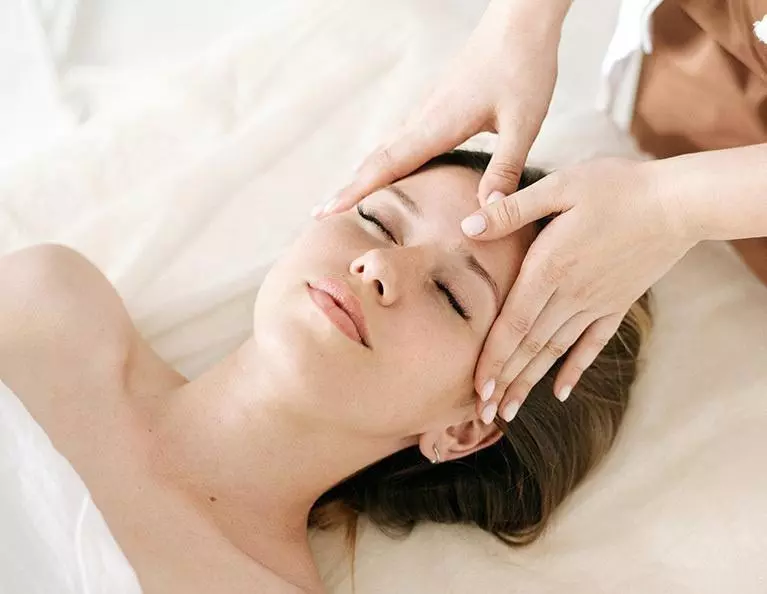In times past, there have been many illnesses and medical conditions that were overlooked, ignored, and belittled by much of society. Because knowledge was so limited, those with unknown conditions were not able to access help regarding their illnesses; support was particularly hard to find.
Today, our medical field has made enormous advancements, yet there are still many conditions that are widely misunderstood by society. For those who are battling a medical condition that is somewhat rare (or not recognized by friends and family), it is very important to nurture a supportive atmosphere by raising awareness on a broad level.
During the month of September, we would like to help educate our readers on a condition known as Alopecia Areata. Although it currently affects millions of people in the United States, a shocking few are familiar with the details of symptoms, treatments, and challenges. Let’s take a look at what Alopecia Areata is, and what to do about it.
What Is Alopecia Areata?
Alopecia Areata is an auto-immune disorder of the skin that results when the immune system begins attacking the body's hair follicles to the point where they shrink and slow (or stop) hair production. It is often brought on and aggravated by excessive stress, and can affect hair on the scalp, facial hair, and possibly other areas of the body as well. It can emerge at any age, from young childhood into late adulthood, and appears in both sexes of every ethnic group; in other words, it can happen to anyone.
What Does It Look Like?
Alopecia may look different from person to person, but there are three common varieties that can be recognized:
Alopecia universalis - Complete loss of all head and body hair.
Alopecia totalis - Complete loss of head hair only.
Alopecia Areata (patchy) - Small round or oval hairless patches on the head or body.
Hair may be falling out on one area of the body, and growing back in somewhere else; one side of the scalp may experience more severe hair loss than the other side; Alopecia Areata is very unpredictable in how it takes affect with every individual.
Alopecia Areata can also cause damage to your fingernails in the form of tiny dents that sometimes appear in rows.
What Are the Treatment Options?
Even though the hair follicles are being attacked by the immune system, they do not die; therefore, it is usually possible to treat the symptoms by medicine and/or stimulate the follicles so that hair growth begins to increase once more. A doctor’s evaluation is necessary to determine the best route to take in treatments since every case is different.
Some instances of AA are triggered by severe stress; and in such cases, a change in circumstances may be recommended in order for a full recovery to take place. Although circumstances are not always within our control, we can usually change how we are dealing with them. It may be beneficial to find professional counseling, or an emotional therapist; and generally surrounding one's self with supportive friends who care will help in coping with whatever tension is being experienced.
If the hair loss causes additional stress, there are ways to provide temporary solutions, such as a wig or hair piece until the body has had time to respond to treatments and recover.
Know of anyone who needs help recovering from the effects of alopecia? We specialize in reversing mild to severe hair loss that has been caused by a wide range of causes. We also offer high quality wigs to help bring comfort to those battling illnesses like AA and others, because we know how important it is to feel comfortable and presentable while going through a hard time. Contact us at New Look Institute today for a free consultation!







